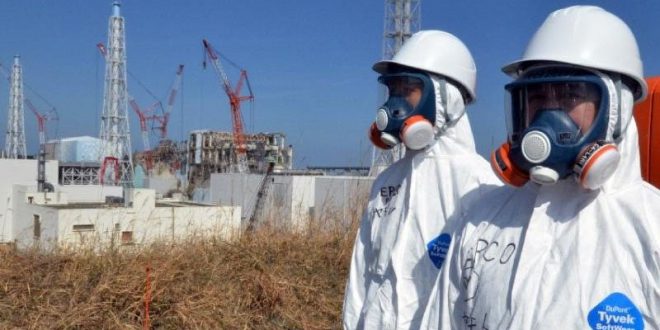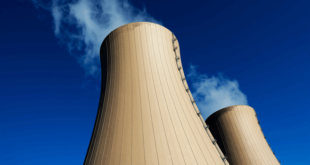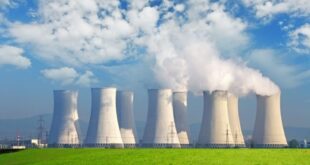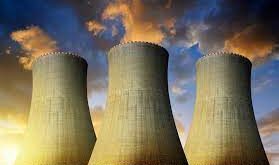Four years after the Fukushima nuclear disaster. the plant is still extracting some 300 tonnes of contaminated water from the ground every day (AFP Photo Yoshikazu Tsuno)
Don`t miss stories. Follow Raw Story!
More than six years after the devastating meltdown of Japan’s Fukushima Daiichi power plant. the country powered up another nuclear reactor. Operators at Kansai Electric Power (KEPCO) restarted the No. 4 reactor at the Takahama nuclear plant Wednesday. following a court ruling in March approving the decision.
The Takahama plant. located in Fukui Prefecture. sits about 215 miles west of Tokyo. An appeals court in Osaka ruled in March that the company could restart two of the four reactors at the plant.
“We will carefully continue our work with discipline and regard safety as the priority.” Shigeki Iwane. KEPCO’s president. said in a statement.
The disaster at Fukushima in March 2011 was the worst nuclear disaster since the 1986 Chernobyl accident in Ukraine. A magnitude-9 earthquake hit the area. triggering a tsunami that breached the nuclear plant’s seawall and knocked its cooling systems offline. Three of the plant’s six reactors melted down. leaking radiation and causing hundreds of thousands of residents to be evacuated.
The Takahama plant is shown in Fukui prefecture. Japan. Jun. 27. 2013. Photo: Getty Images
Following the disaster. countries around the world began taking a second look at their nuclear energy operations and policies. A total of 442 nuclear power reactors in 30 countries produced 14 percent of the world’s electricity before Japan’s 2011 meltdown. In 2012. nuclear power dropped to account for 11 percent after 15 nuclear reactors were shut down. As of 2017. however. 449 nuclear reactors were operating in 30 countries with an additional 60 plants under construction. according to the Nuclear Energy Institution.
Japan itself took a harder look at its nuclear power operations. as well. The International Atomic Energy Agency criticized the country and the plant’s operators in 2015. alleging that both did not take proper precautions to protect the plant in the event of a possible earthquake. The organization said the Tokyo Electric Power Company (TEPCO) knew that the area was at risk of a tsunami of dangerous height and did not institute adequate safety measures.
The country shut down all of its reactors after the 2011 meltdown. the decision aided by public concern over nuclear energy. Shiga Gov. Taizo Mikazuki reiterated that concern Wednesday. urging the government to curb reliance on nuclear power and think about the possible impact of an accident at Takahama.
“Local residents hold profound anxiety about nuclear plants.” he said in a statement. “The government should change the current energy policy that relies on nuclear plants at the earliest possible time.”
Japan is still dealing with the after-effects of the Fukushima disaster. TEPCO has been working to decommission and clean the plant. an operation that could take decades at a cost of $188 billion. Radiation in some portions of the plant was still exceedingly high as workers attempted to locate and clear out fuel debris. Much of the 300-square-mile evacuation zone around the plant remained desolate.
“We have caused it.” Daisuke Hirose. a spokesman for TEPCO. told the Japan Times in April. “We have to make every effort to create a place to which people want to return.”

 Iran Energy News Oil, Gas, Petrochemical and Energy Field Specialized Channel
Iran Energy News Oil, Gas, Petrochemical and Energy Field Specialized Channel



